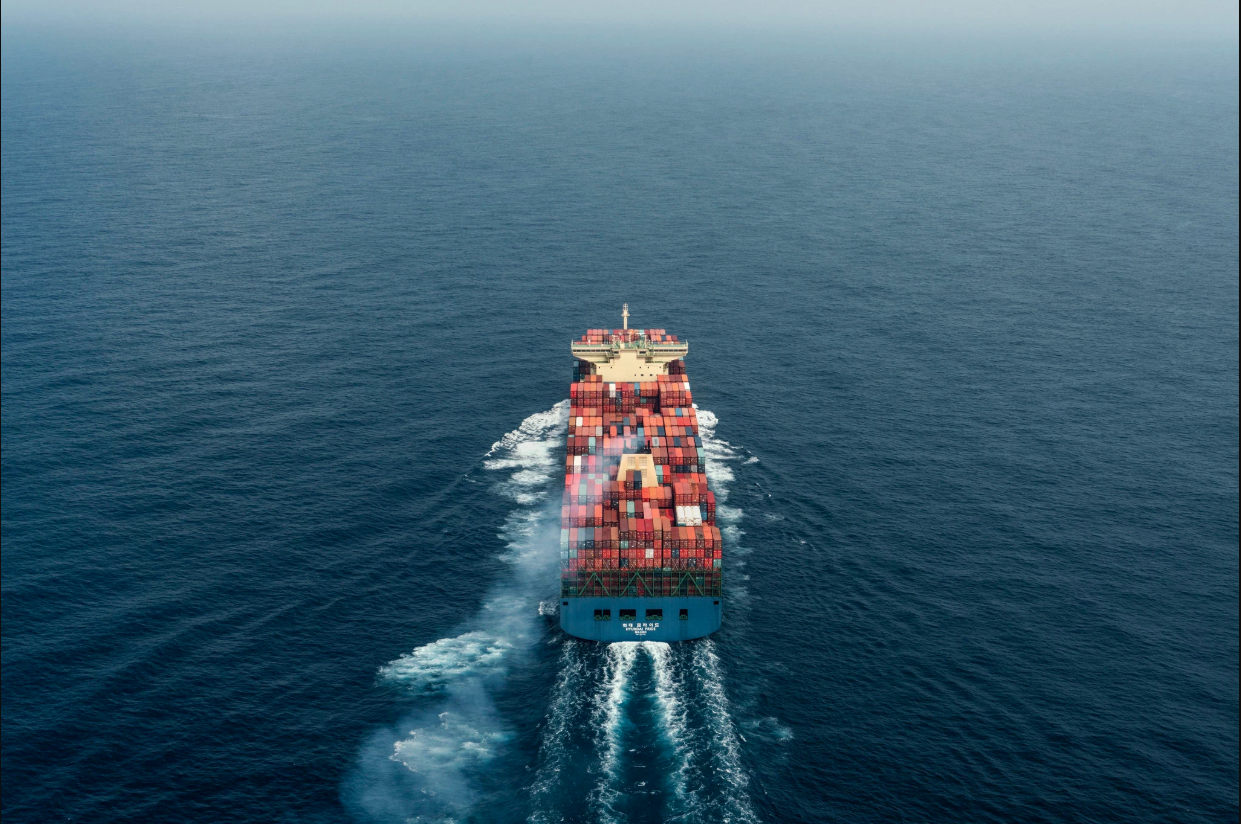China In-Depth: How marine insurers are sailing to the forefront of digital insurance
The ‘One Belt One Road’ initiative is China’s export bid to expand its footprint around the world. If successful, and with $900 billion committed to the effort, it will not only find a better use for its foreign exchange reserves, but the increased flow of goods to the Middle East and Europe will herald the beginning of a new relationship with China. For insurers, the primary impact of the belt and road initiative will be the opportunity to participate in a range of domestic and international projects. However, this new era of Chinese exports will require the construction of 19 deep sea ports dotted across the Indian ocean, and this will bring significant changes to an often overlooked segment of the insurance industry – marine. This month we consider what the One Belt One Road initiative means for Chinese property insurers, the efforts to modernize marine insurance through the emergence of blockchain and new sources of data, and finally the broader implications for China as it embarks on the One Belt One Road initiative.
1. Location data for marine insurance
The advent of location data brought significant advancements to marine insurance. Prior to the arrival of real time location data, the primary risk factors for marine insurance were the size and weight of a ship, the value of the cargo, and its planned route. Now, additional data collected in real-time is revealing whether a ship sails faster than most; favours entering crowded ports at night; if it often sails through storms, etc.
In the face of an expected increase in the volume of marine insurance and new data elements being factored into pricing models, China’s insurance regulator recently issued guidelines to better enable marine insurers to provide flexible cover to ship owners engaged in the Belt and Road initiatives.
2. Blockchain use cases
The use case for distributed ledger technologies (and by extension blockchain) within insurance remains in its infancy.
What is clear however is that insurers and startups are taking its potential very seriously, and the emergence of smart contracts for commercial insurance including marine lines may prove to be the first use case for blockchain.
The best example is global shipping line Maersk recently launched a blockchain based service called Insurwave, to test the provision of hull and machinery cover. The Insurwave platform, based on a pre-populated database of vessels, can issue smart contracts for Maersk vessels using pre-defined pricing algorithms and location data. This is immutably recorded on the ledger and claims are easily authenticated through location data.
3. Shanghai Free Trade Zone initiatives
The Shanghai Free Trade Zone was initially conceived as a testing ground for commercial insurance initiatives and a place to foster new models based on tax incentives for Shanghai’s marine insurers. However, four years later, one initiative by COSCO Shipping stands out from the many trials and pilots. COSCO, the operator of 1,082 ships, entered the marine underwriting market in 2017 through a newly established wholly owned insurer CoscoCap. The following month, CoscoCap collected $26.3m USD in premiums and in so doing dramatically reshuffled China’s marine insurance pecking order. However, PICC, CPIC, Ping An, Sunshine, and China Life Property & Casualty (P&C), also felt the effect of CoscoCap’s success, and this illustrates the rewards for those who can establish partnerships with Chinese shipping groups and experiment with new models and operating structures.
In addition to the Shanghai Free Trade Zone, further regulatory support can be seen in establishment of the Shanghai Marine Insurance Association growing need for Chinese insurance companies to provide flexible marine insurance products in order to better serve Chinese interests in overseas markets as the one belt one road initiative continues to evolve.
4. Autonomous shipping
The arrival of driverless cars is eagerly anticipated, however the application of the same technology to other modes of transportation including shipping is equally exciting.
The world’s first autonomous ship was recently tested along the fjords of Norway whilst a Chinese team from China’s southern Guangdong province have engineered the world’s fastest unmanned ship, the Tianxing-1, which can travel at 93 kph. The team behind Guangdong province also unveiled an autonomous shipping testing zone, the fourth such approved area in the world.
Ultimately, although pre-defined destinations and static surroundings make the implementation of autonomous shipping technology relatively straight forward, the degree to which adverse weather conditions are encountered at sea will always require human judgement to navigate, and although every vessel has a unique operational profile which changes over time, the arrival of autonomous shipping can create a fresh perspective on the risks facing a given ship or fleet in real time.
Conclusion
No longer the factory for the world, the One Belt One Road initiative is the beginning of a new era for China. For insurers, the fact that an estimated $28 billion in premiums will go mostly to construction and marine insurers has seen several new entrants into this traditional segment. At the same time, marine insurers, spurred by government support are equipping themselves with emerging technologies, and even blockchain based applications, to accelerate marine insurance development.





















































Comments